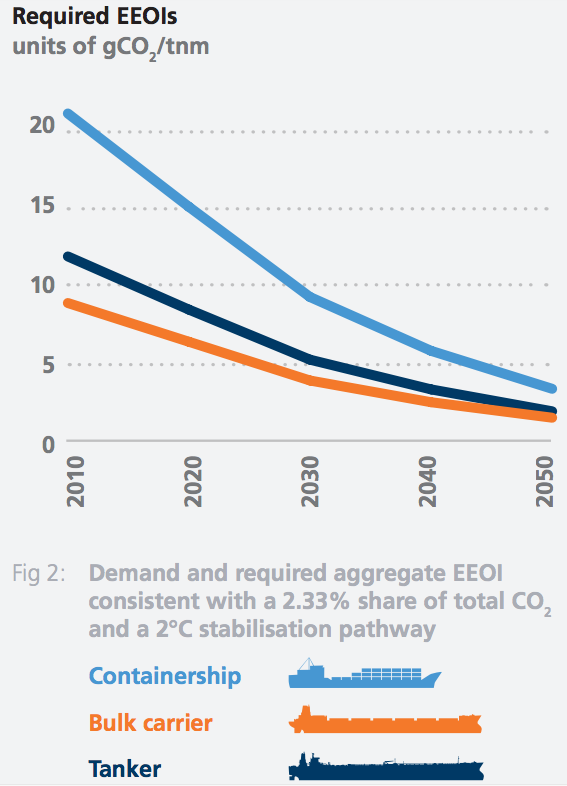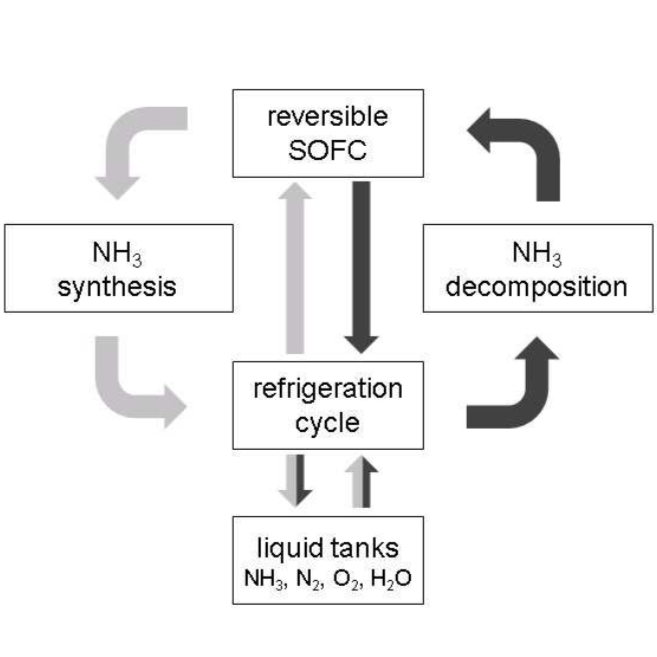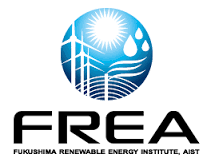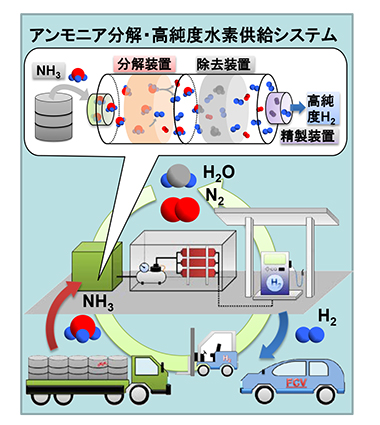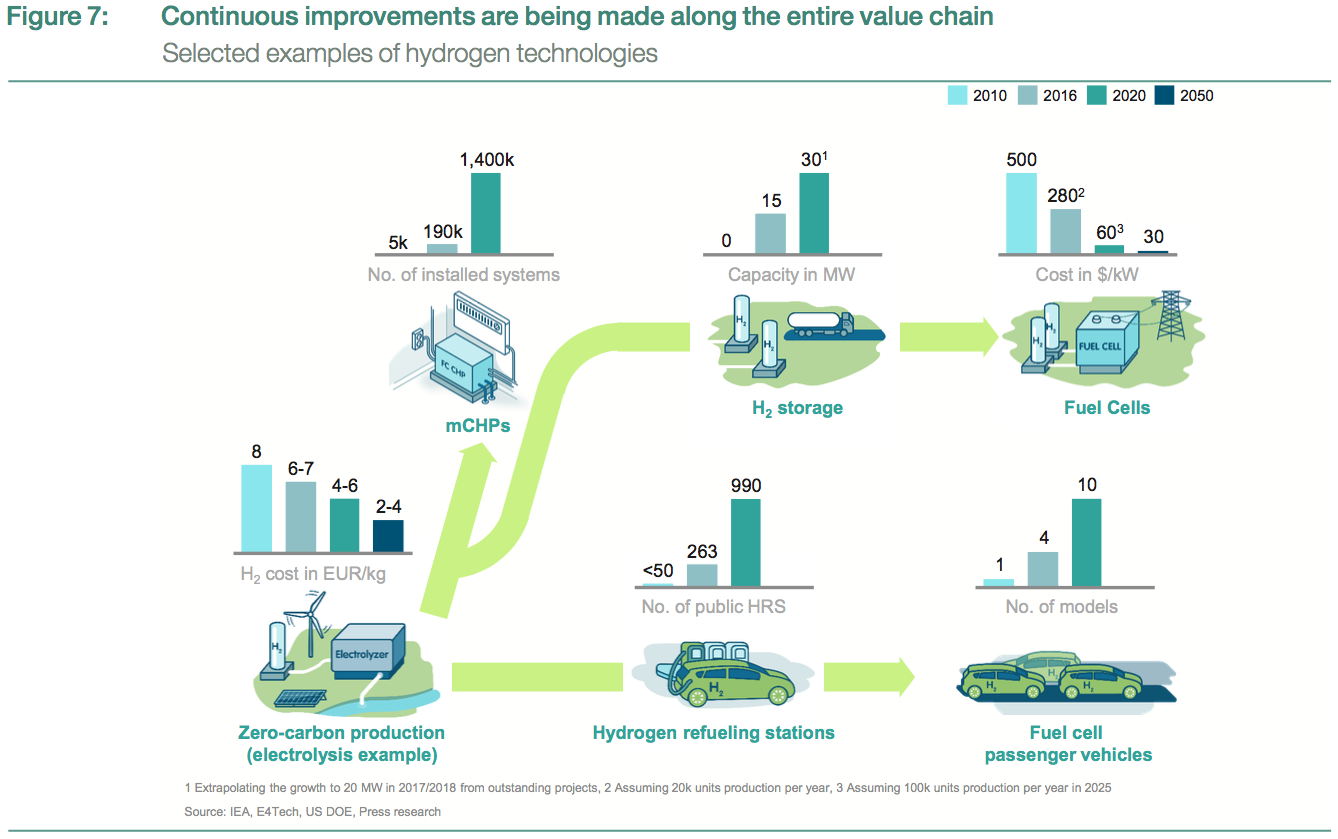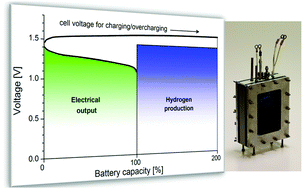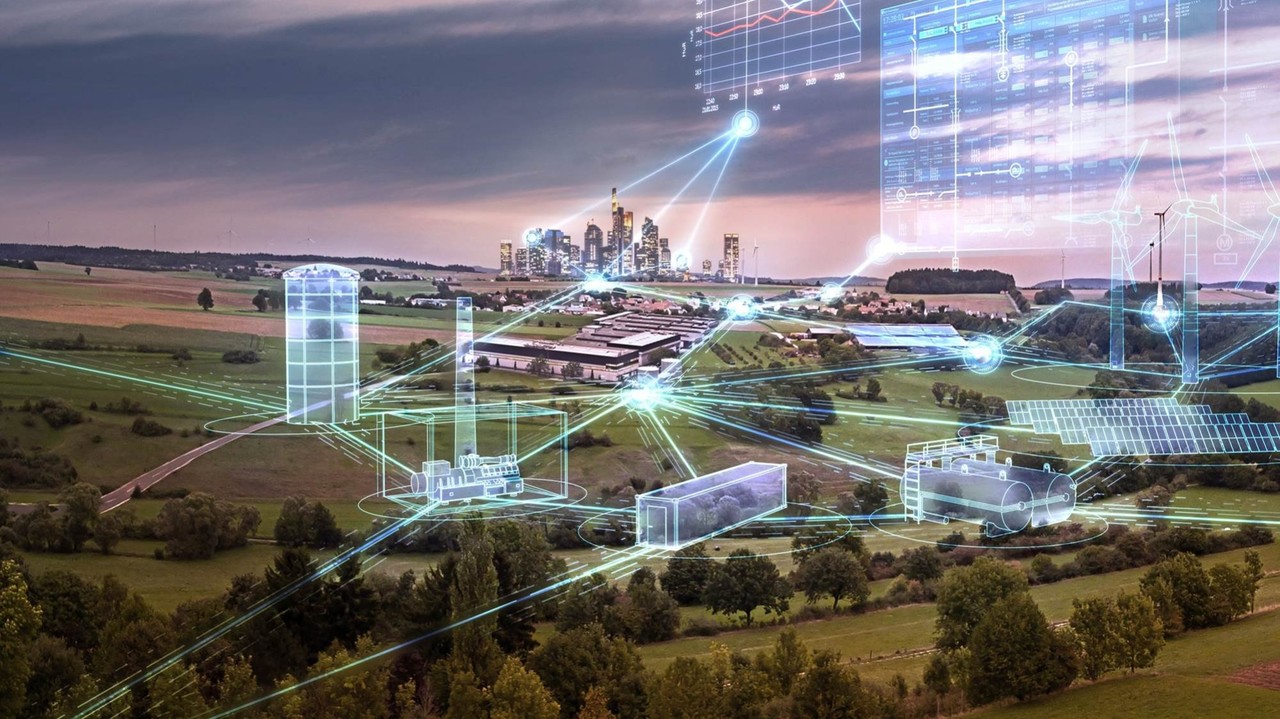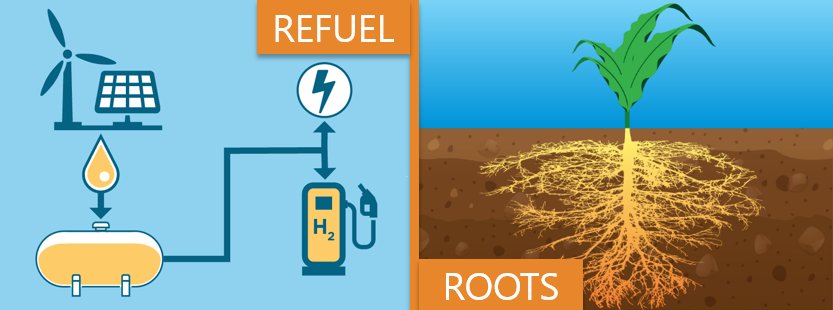New Technology for Generating Hydrogen from Ammonia
On March 21, Gifu University in Japan announced a breakthrough in technology for generating hydrogen from ammonia. A press release from the Gifu Prefectural Association Press Club stated that Professor Shinji Kambara, Director of the Next Generation Research Center within the Environmental Energy Systems Department at the Gifu University Graduate School of Engineering, has developed a "plasma membrane reactor" that is capable of evolving hydrogen with a purity of 99.999 percent from an ammonia feedstock. This surpasses the 99.97 percent purity announced last July by a research group centered at Hiroshima University with a hydrogen generation device based on a different technology.

